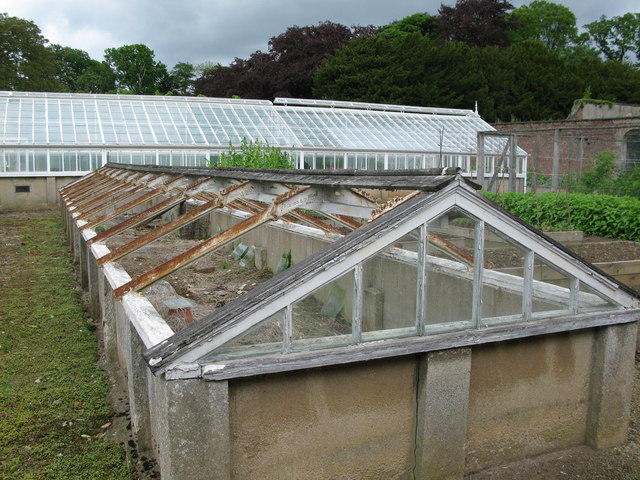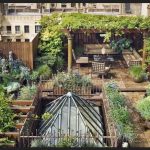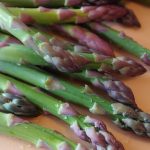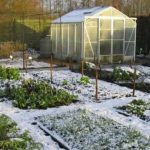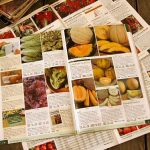Get a Longer Growing Season by Using Cold Frames
Table of Contents
You probably believe like most gardeners that the growing season is determined by the last frost of spring and the first frost of fall.
Simply, the truth is that you can easily expand both ends of your growing season by up to a month by implementing cold frames. In fact, there are some climates in which cold frames allow gardeners to continue to plant and harvest all the way through the winter. It can also help you acclimate young pepper and tomato seedlings to outdoor conditions.
What are Cold Frames?
 Simply put, cold frames are four walls erected around plants and topped with a transparent lid that allow plants to be protected from the cold while still receiving the sunlight that they need. The best thing about them is that you can make them yourself from nearly anything and change them to suit your specific needs.
Simply put, cold frames are four walls erected around plants and topped with a transparent lid that allow plants to be protected from the cold while still receiving the sunlight that they need. The best thing about them is that you can make them yourself from nearly anything and change them to suit your specific needs.
Cold frames vary in size, usually based on the size of the lids that you have available, whether it is an old window or plastic sheeting stretched over a wooden frame. The sides can be made of anything from concrete or plywood to bales of hay. What is important is that the back is about 6 inches higher than the front to allow more light in and to allow water to slide off of the top.
Where Should you Place Cold Frames?
The best location for cold frames according to Rodale’s All-New Encyclopedia of Organic Gardening is a sunny spot that faces the south and has good drainage as well as some wind protection. It is best to choose a spot that gets full sun from mid-morning to mid-afternoon.
Your needs will depend on whether or not you set up your cold frames permanently or make them removable. When setting up permanent cold frames, replace the top 3 to 4 inches of soil just inside the frame with coarse gravel before covering with 6 inches of topsoil to make sure you get good drainage.
What Should you Grow in Cold Frames?
This will again depend on your use for the cold frames, but most people prefer to use potted plants or plants that are in flats so that they are more easily removed and replaced depending on the needs of the garden. However, you may also plant directly into the soil within the cold frames.
The key to using a cold frame successfully is paying attention to the temperature—and the trick is in keeping it cool rather than warm. The temperature inside the cold frame should stay below 75 degrees for summer plants and below 60 degrees for plants that normally grow in spring and fall. The way to keep temperatures cool inside a cold frame is to lift the lid. A good rule of thumb: When outdoor temperatures are above 40 degrees, prop open the lid 6 inches; when the outdoor temps clear 50 degrees, remove the lid. Be sure to restore the lid in late afternoon to trap the heat inside for the cool night. You can also buy automatic venting devices.
On frigid nights, the plants inside the cold frame may need a little extra protection to keep from freezing. Most heat escapes through the glass, so pile insulation on top. You can use old blankets, straw, newspaper or whatever is handy. Snow insulates well, too, but brush heavy snow off the glass so it doesn’t break.
